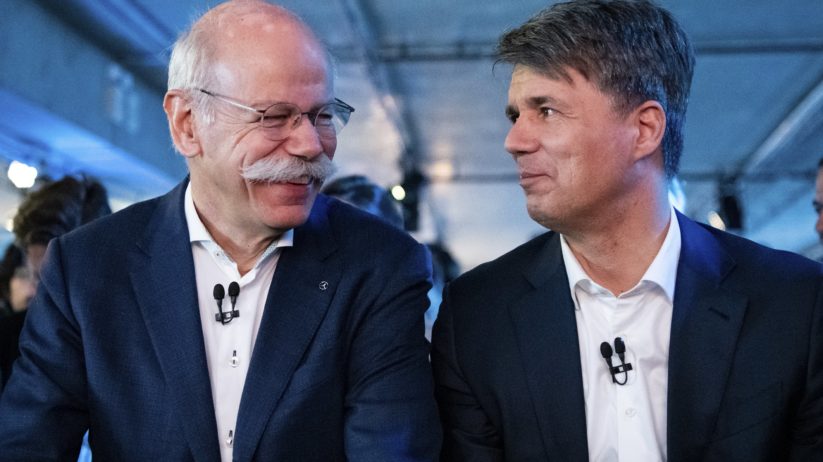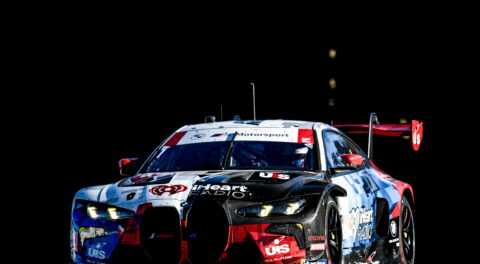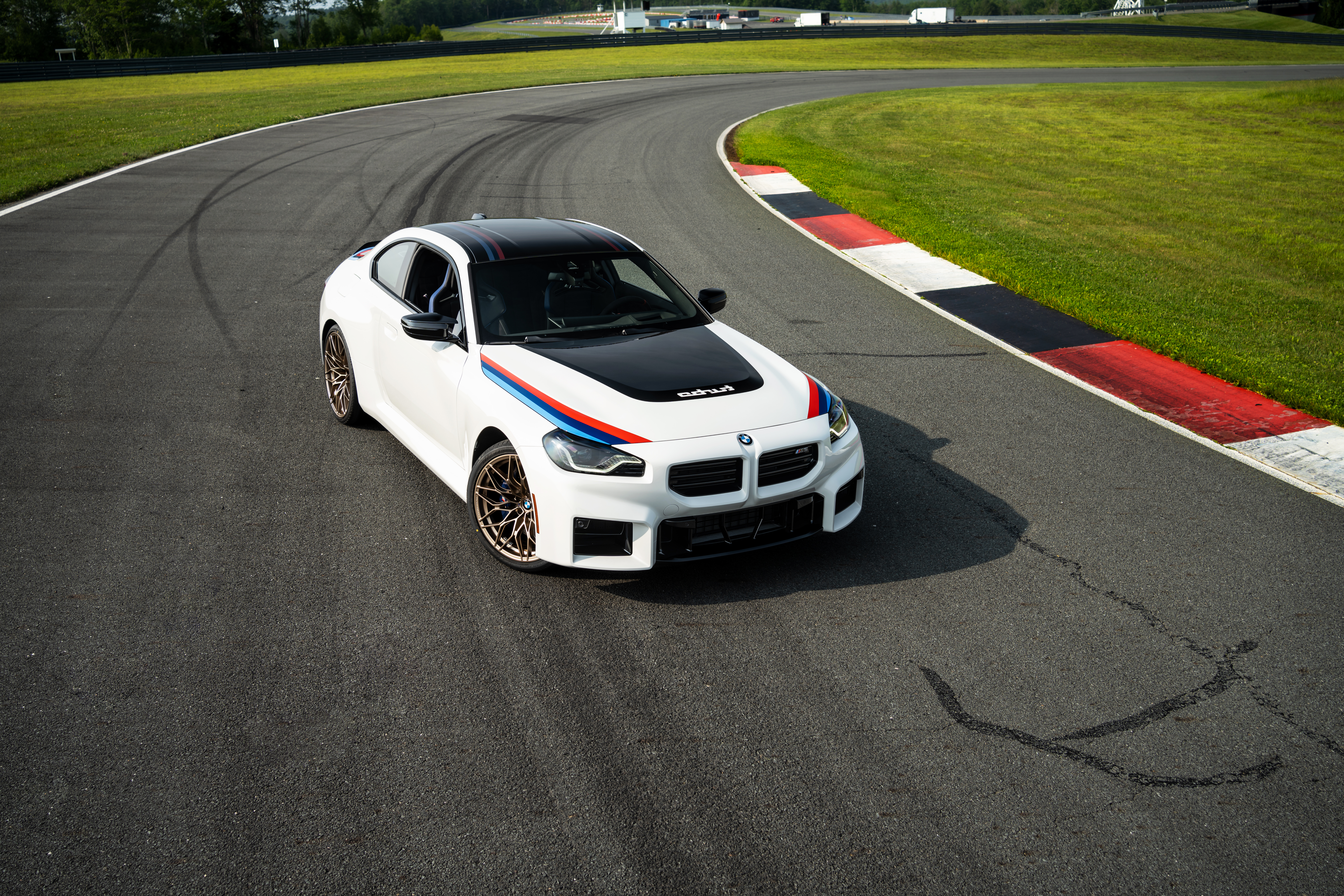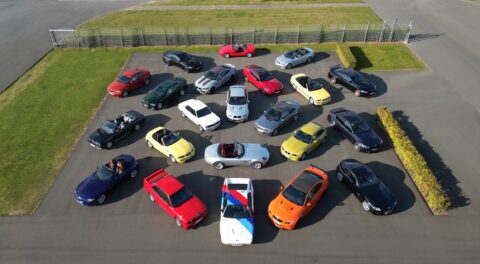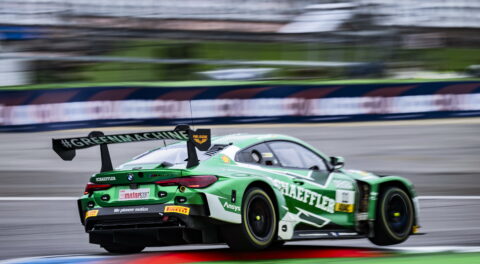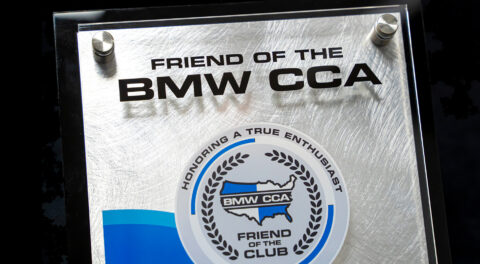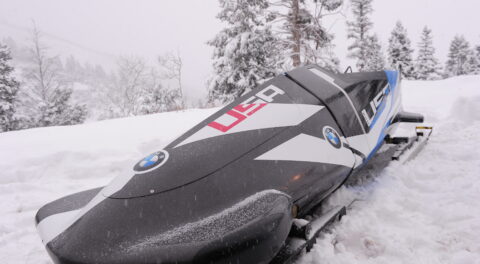As the automotive industry seeks to reshape itself ahead of what’s assumed to be a monumental shift into electricity as the main propulsion method and the concept of car ownership as a whole being reconsidered, generational adversaries are now looking at each other with a fresh perspective. One such example is BMW and Mercedes-Benz parent Daimler, who have been getting more and more comfortable with one another over the last several months.
First, BMW and Daimler agreed to merge their respective mobility services in hopes of more effectively combating Silicon Valley startups which have taken the taxi, ride-sharing and ride-hailing realms by storm. Around the same period, speculation also arose that, before long, the growing cooperation of the perennial rivals would lead to components, primarily batteries and other equipment used for EVs, being shared as well.
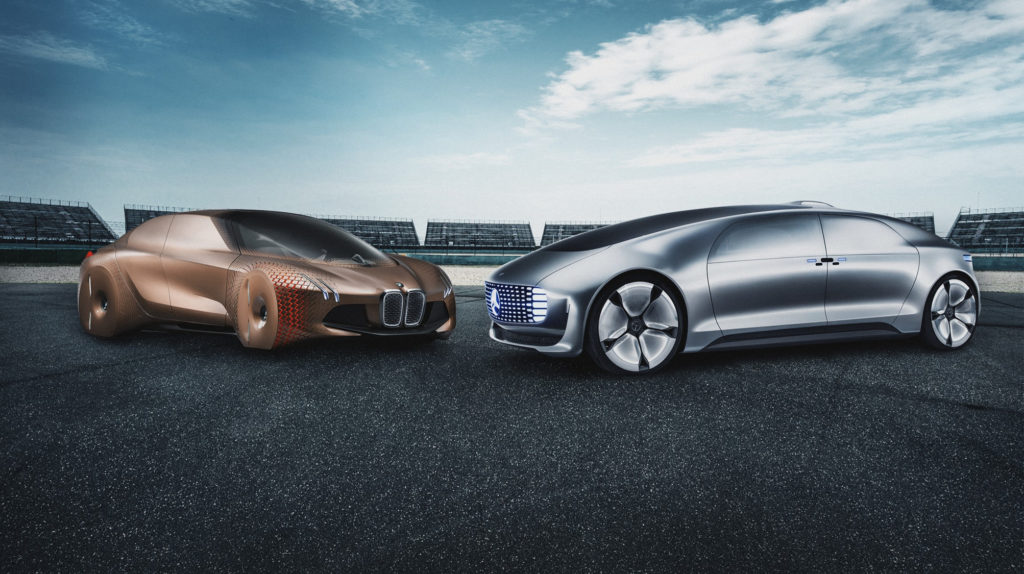
The integration continued this year, with the two German automotive bellwethers agreeing to collaborate on autonomous driving tech; another strategic move to counter threats posed by tech firms in the U.S. and China. As we noted earlier this month, at first glance, the technology sharing and working together on further developments makes sense for established automotive players like BMW and Mercedes, as designing and manufacturing the hardware is something that cannot be successfully embarked on overnight—in other words, someone still has to make the actual cars.
The latest rumors though, which are explained in-depth here at Automobile Magazine, would have much greater implications if they prove to have any validity. Both BMW and Mercedes have invested heavily in their recent FWD platforms, dubbed UKL and MFA respectively; so much so, in fact, that it’s believed Mercedes has staked the MFA platform on selling 8,000,000 units, while the break-even point is less than 350,000 vehicles from that target. BMW’s UKL finds itself in a similar situation, where axing a few MINI models that use the underpinnings must be offset by upcoming models like the 2 Series Gran Coupe, which is slated for debut at this year’s LA Auto Show.
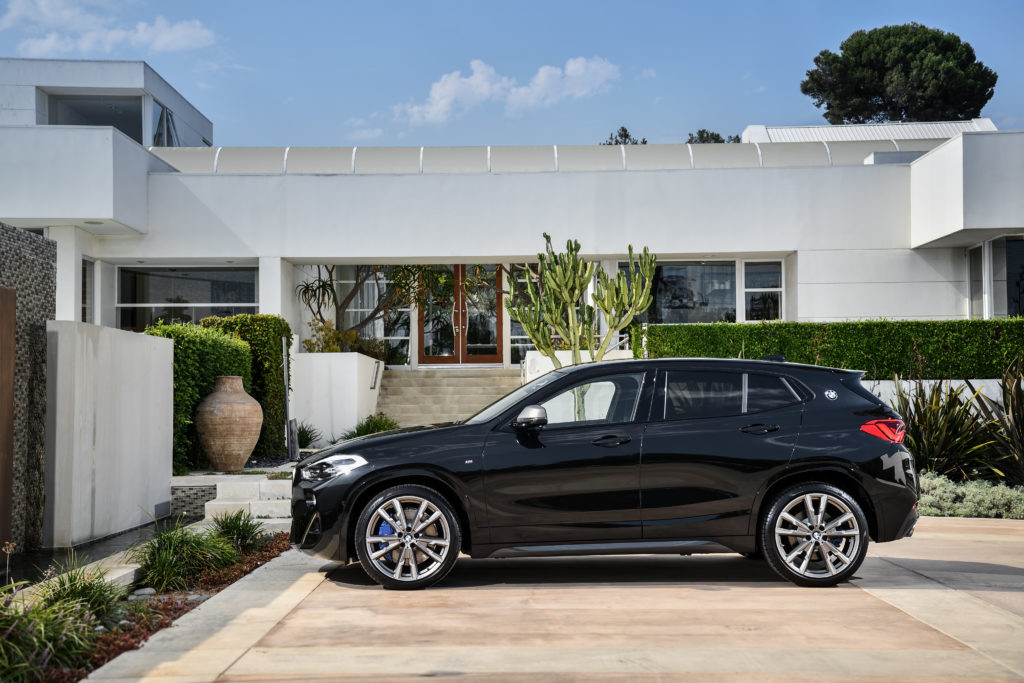
According to Automobile, coordination on platform sharing, which could perhaps even spread to other, yet unknown automakers, is expected to save each company a total of $8,500,000,000. Breaking things down further, the savings would come in form of $2,900,000,000 and 5,700,000,000 worth of economies of scale as they apply toward each partner and underlying model platform. Interestingly enough, when comparing the current EV strategies of both giants, BMW may have a slight advantage, with its FAAR and CLAR architectures proving more versatile and adaptive than the Mercedes counterparts which are referred to as EVA1 and EVA2.
No agreements have been reached as of this writing, but some shared platform concepts are already being discussed. MX-1 would be primarily oriented for EV and PHEV models, and can be adapted to three different layouts; a conventional transverse three- or four-cylinder front-drive setup, a hybrid setup with an electrical motor integrated with a nine-speed automatic transmission, and finally, a fully-electric setup wither either front- or all-wheel drive. MX-1 would be oriented to underpin smaller vehicles, like the 2 Series, A Class, CLA, or 3 Series, and have a power limit of around 300 hp, a figure the 3 Series has already eclipsed. Details of MX-2 are less material, but this architecture would be intended for use in larger models like the 5 Series or E Class for a start, and could come equipped to handle upwards of 670 hp and more than 735 pound-feet of torque, the latter being the upper limit of what AMG V12 engines develop.
The first two models that could use these platforms could come as soon as 2025, in the form of the next-gen 1 Series and A-Class, the latter of which scheduled for production to commence in 2024.—Alex Tock
[Photos courtesy BMW AG.]

